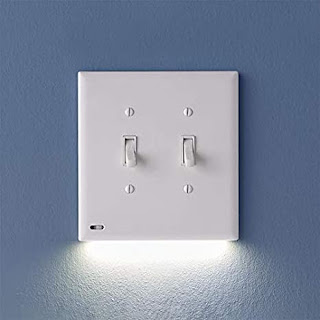Circuit Breakers to handle failures in serverless applications

Introduction When you are developing micro-services, you might find that there might be some dependencies which could fail or be temporary unavailable. Examples of these dependencies are calls to other services, data stores, etc. These dependencies might be unavailable for multiple reasons such as maintenance, throttling, etc. The idea behind the circuit breaker pattern is wrapping the dependency, so if there is a consistent failure, we temporary stop trying to call the dependency and instead we can have define an alternative fallback function. Normally a circuit breaker can be in three different states: Closed : we call the dependency as usual. If there are failures, we track them and we open the circuit if a defined threshold is reached. Open : instead of calling the dependency, we call the fallback function. If we don't define a fallback function, it will fail early, without calling the dependency. This can prevent overloading an unhealthy dependent service or data store. While...